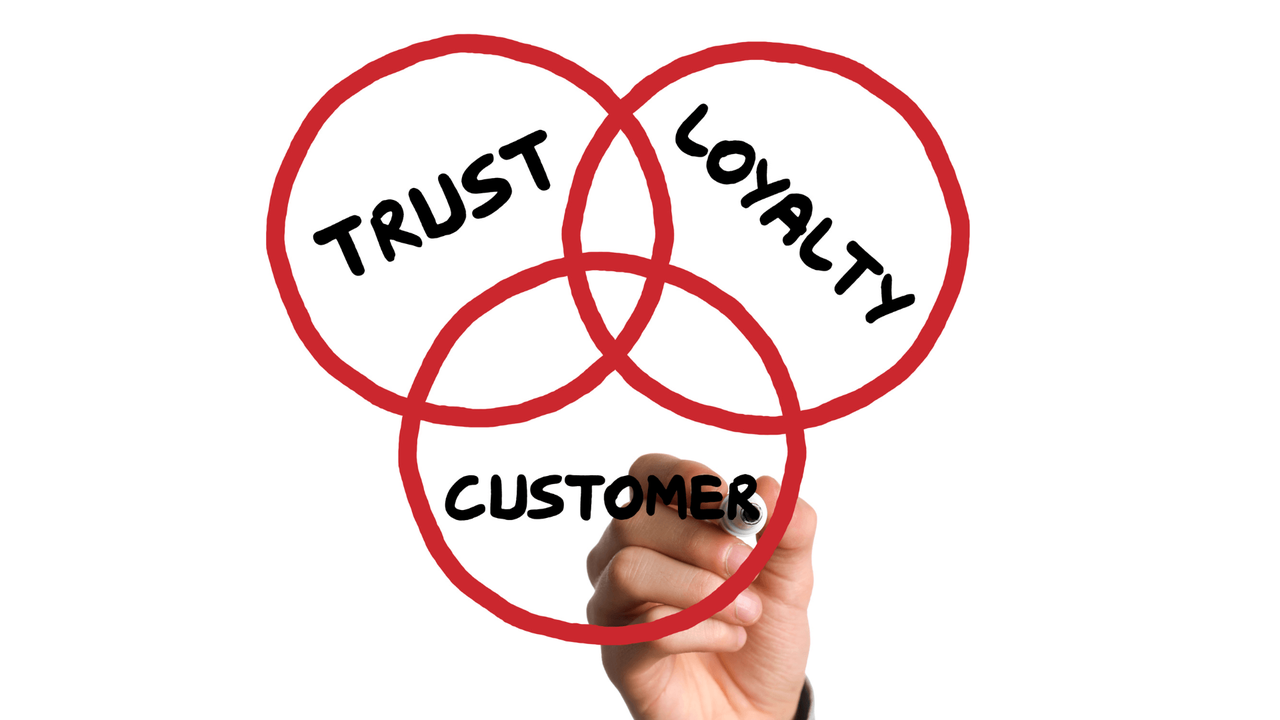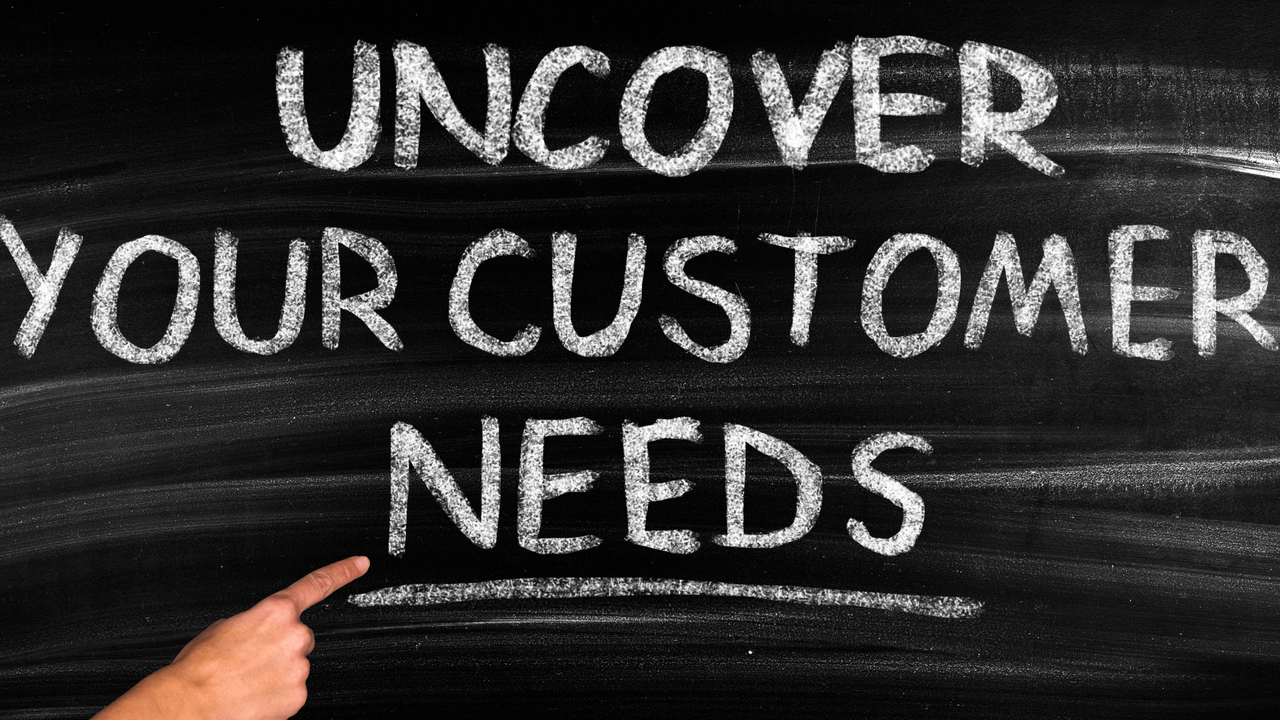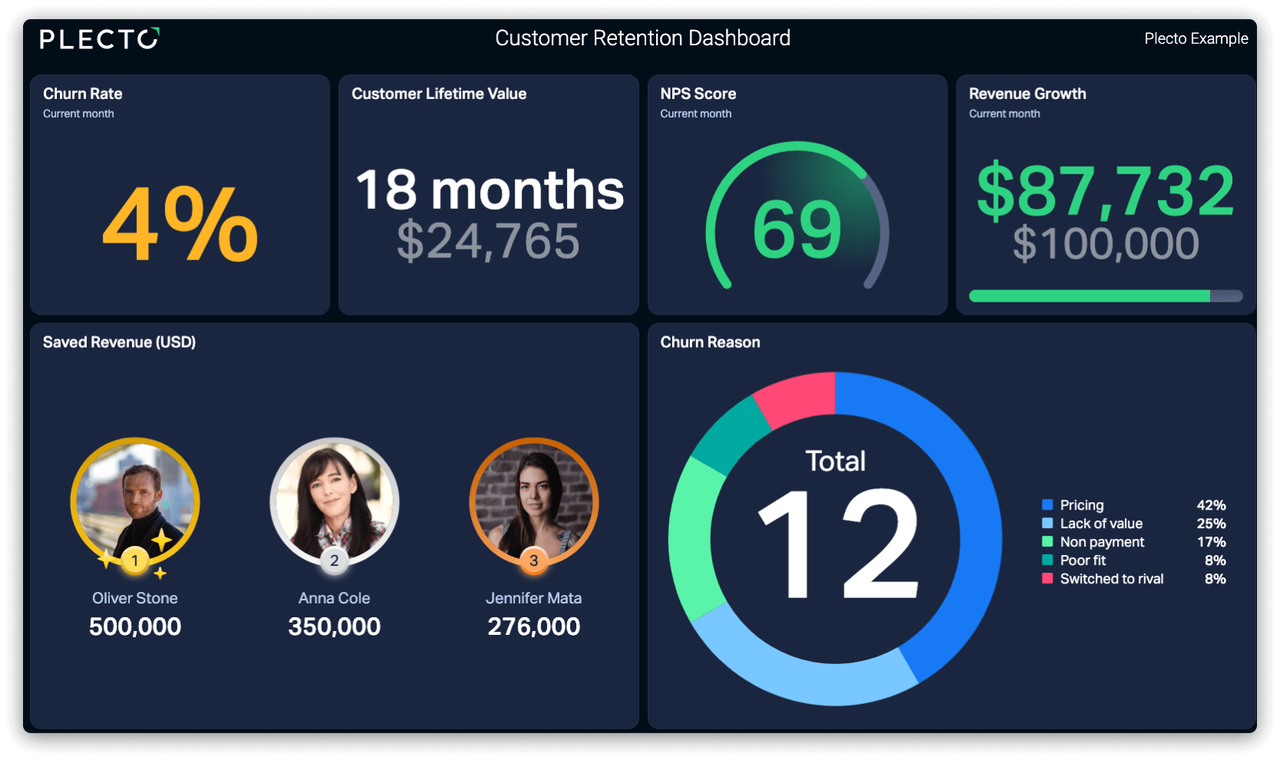What’s the definition of customer loyalty?
Before we get into the nuts and bolts, let’s start with a definition of customer loyalty. Loyalty refers to a customer’s willingness to repeatedly do business with a company instead of its competitors. It’s often the result of an emotional connection that comes from several positive experiences that build trust. In addition to making repeat purchases, loyal customers typically aren’t interested in competitors, and they’re often a company’s biggest advocates. When asked, loyal customers are usually happy to give generous input on ways to improve products and services while the most loyal customers often recommend those products and services to others
Why is building customer loyalty important?
Building customer loyalty is crucial to surviving in today’s economy. With prices rising across the board, customers are reigning in their discretionary spending – making new customer acquisition difficult for the foreseeable future. To account for this, many companies are focusing on building customer loyalty and looking into ways to recession-proof their business.
Multiple studies have shown that it costs six to seven times more to acquire a new customer than it does to retain an existing one – and that’s during “regular” economic times. Loyal customers also offer other advantages. Research published by Bain & Company found that just a 5% increase in customer retention increased profit by more than 25% because loyal customers spend more than new customers – and the more times a customer does business with a company, the less likely they are to defect to a competitor. In addition, loyal customers often generate indirect revenue by word-of-mouth referrals, writing glowing reviews, and sharing their positive experiences on social media. All of this adds up to recurring revenue, reduced customer acquisition costs, and higher profitability.
5 Reasons Customers Stay Loyal
Even with the global economy on shaky ground, companies can potentially grow their revenue – particularly if they understand the basics of customer loyalty. And while inflation and economic uncertainty might reduce discretionary spending, there’s still money to be made with the right strategy.
While the core elements of customer loyalty are the same, customers reward companies with repeat business for different reasons. Understanding and catering to some or all of these loyalty groups can help companies hold on to more customers as we wait for the economy to improve. Let’s look at five of the most common reasons customers stay loyal to a company.
1. They're perfectly satisfied
Satisfied customers are happy and loyal customers. They like the company’s products and make regular purchases, but they’re also one of the groups that’s most likely to be enticed by a competitor offering a better deal or experience.
2. They like the price
These customers are a volatile group. They’re loyal as long as a company offers the best price or value, but they’re likely to jump ship as soon as they find a better deal. However, they’re easy to reacquire because they'll come back for the right price.
3. It's convenient
These customers are willing to pay a premium for convenience. Perhaps the process of switching to a competitor would be cumbersome – or maybe the company offers outstanding customer service, it’s easy to repurchase products, products ship quickly, or the company has a convenient location. Whatever the reason, customers in this category stay because it’s easy – not because of price.
4. They like the company’s loyalty program
These customers are loyal to the company’s loyalty program – not its products. They’re enticed by freebies and discounts, and they’ll continue to buy from a company as long as they feel they’re being adequately rewarded for their loyalty.
5. They’re brand ambassadors
This is the most loyal group of all! These are highly engaged customers who not only make frequent purchases but also encourage others to do so by word of mouth or through positive reviews and social media posts. A company would have to make a pretty big mistake to alienate this group.

Build your first dashboard.
Start your 14-day free trial today
5 Strategies to Increase Customer Loyalty
Building customer loyalty requires ongoing effort to create enough value that customers want to continue doing business with the company. Keeping the five main subtypes of loyal customers in mind, let’s explore five strategies to increase loyalty and hold on to your company’s market share.
1. Be the most convenient solution
In today’s busy world, people are looking for ways to make their lives easier. While providing a product or service that meets a need is important, convenience is also important – and it’s the main reason some customers stay. Investing in things like adequate staffing levels, streamlined ordering processes, effective supply chain management, and quick-fulfillment infrastructure makes it easy for customers to do business with the company. Customers are more likely to remain loyal if they know that their preferred products will be in stock and easy to get hold of – and that rare issues will be rectified quickly, with minimal hassle and adequate compensation.
2. Provide support on the customer’s terms
Building customer loyalty in 2023 requires companies to provide efficient service. Recent research revealed that 78% of customers expect to be able to engage with companies on their preferred channels, which are increasingly the same ones they use in their private lives (e.g., SMS, Messenger, WhatsApp) – and 40% prefer to use self-service tools to manage their accounts and find answers to simple questions. To meet some of these demands, many companies are implementing omnichannel support, which tracks all customer interactions in one place, regardless of how many channels the customer interacts on. Systems like Plecto can sync data between the CRM, helpdesk software, and other systems to create a “collaboration hub” that provides a 360-degree view of each customer’s interactions with the company. Some companies are also creating self-service tools that allow customers to self-manage their subscriptions online – and knowledge bases that include troubleshooting support along with video tutorials and FAQs. In addition to increasing loyalty, self-service tools can reduce the cost of handling inbound inquiries – a welcome cost saving in a tough economy.

3. Adapt to meet customers’ changing needs
While a poor economy will undoubtedly affect people’s spending habits, consumers’ needs are constantly evolving. Companies that are serious about building customer loyalty will constantly look to identify and address these needs. In hard economic times, offering lower-priced options or incentives like discount codes or free shipping can go a long way in helping customers stretch their budgets while building goodwill and helping companies to retain their price-conscious customers. Regular surveys can give insight into customers’ needs and help companies adapt their offerings to better meet those needs. Even with lower short-term profits, retaining as many customers as possible is the best strategy for staying afloat while the economy recovers – and chances are good that if a customer remains loyal during the bad times, they’ll remain loyal once the good times have returned.
4. Provide a personalized experience
This doesn’t include starting emails with “Hi [First Name].” Technology has made it easier and more cost-effective for companies to offer truly personalized experiences, and today’s customers expect it. Whether it’s special offers, informational emails, support, or the products and services themselves, customers look for experiences that are tailored to their preferences and needs. Aircall recommends using features from call routing and contextual call notes to personalized voicemail greetings to make sure customers and prospects are getting to the right person on the first try.
According to Zendesk’s latest CX Trends report, more than half of customers expect a personalized experience, 62% think that companies could do a better job personalizing their experiences, and 70% spend more with companies offering a fluid and personalized experience. Most companies collect loads of customer data every year – savvy companies mine that data for insights that can drive personalization efforts. When considering upping the ante on personalization, consider things like contacting customers on their preferred channels, making relevant product recommendations, improving convenience, and tailoring rewards and special offers to the customer’s preferences.
5. Build an emotional connection
Zendesk’s “Trends” report found that 66% of consumers say that a bad interaction with a company can ruin their day – and that two-thirds of customers will give repeat business to a company they feel cares about their emotional well-being. Many customers are emotionally invested in the companies they do business with, and capitalizing on this connection can be an effective long-term strategy for building customer loyalty. This strategy has nothing to do with price or convenience, it hinges on the company’s ability to get the customer emotionally invested in the brand. Emotionally invested customers are most likely to become brand ambassadors, have higher lifetime values, and are least likely to defect to a competitor. Providing a personalized experience is a good first step, but ultimately companies should aim to build trust by communicating transparently and in good time, even about the difficult things. Whether it’s the discontinuation of a beloved product, prolonged stockouts, or major changes, being honest through proactive communication helps customers feel that companies are looking out for them, which can only deepen their feelings of connectedness.
Customer Loyalty Programs
Once a company understands what drives loyalty and has implemented these five strategies, a loyalty program could be the finishing touch that keeps customers coming back. As the name implies, these programs reward customers for their loyalty while encouraging them to continue their current buying habits by incentivizing them with perks in exchange for their continued business. Generous loyalty programs have been shown to deepen customers’ feelings of belonging and commitment while providing value they can’t find elsewhere – the operative word here is generous. In order to have the intended effect, a loyalty program should be too good to resist – after all, the competition probably has one too!
Plecto Can Help Improve Customer Loyalty
Plecto’s real-time dashboards are an ideal tool for companies that want to keep a close eye on loyalty-related metrics. With Plecto, it's easy to create custom KPIs – and the platform's built-in gamification features, leaderboards, instant notifications, points, and badges are the perfect way to celebrate great customer loyalty!
Plecto also integrates with the most popular CRM and support systems to help companies visualize and track key metrics related to important customer-facing activities, including ticketing systems, phone calls, satisfaction ratings, and more.
Sign up for a free 14-day trial and see how Plecto can help you build loyalty and secure a bright future!




